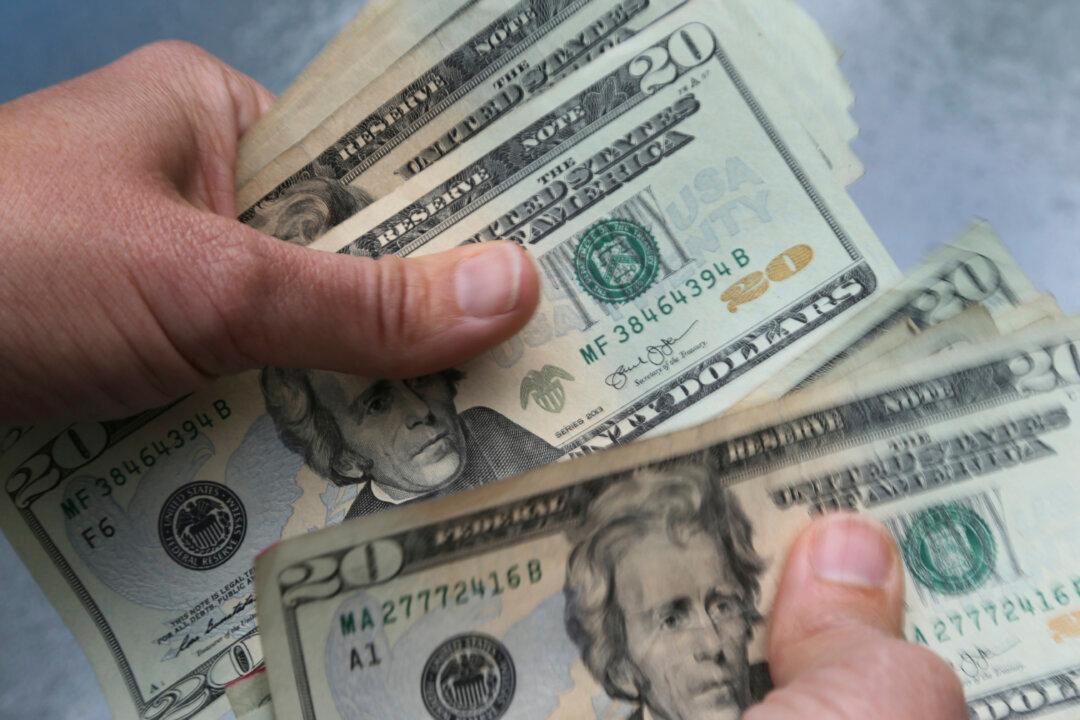Commentary
The answer to this crucial question is Yes … and No. Yes, because this is the most over-valued stock market in history, underpinned by the second-highest level of leverage in history, and both these factors have ultimately led to a crash in the past. No, because the factor that has driven the market since the “Great Recession” (or the “Global Financial Crisis”) of 2008 has been—the Federal Reserve. I’ll cover overvaluation and leverage in this column, and how the Federal Reserve can defy both in the next.





